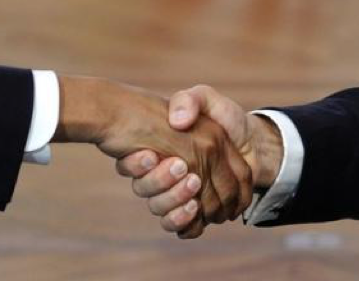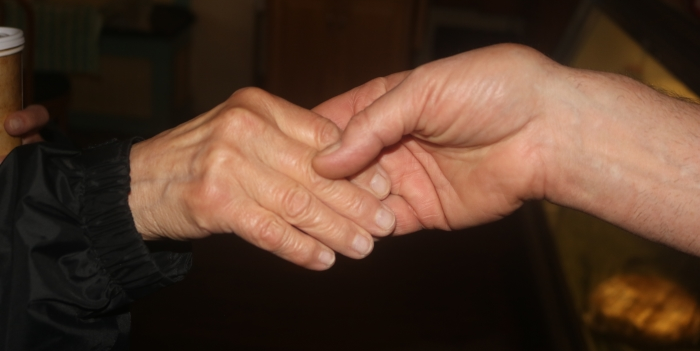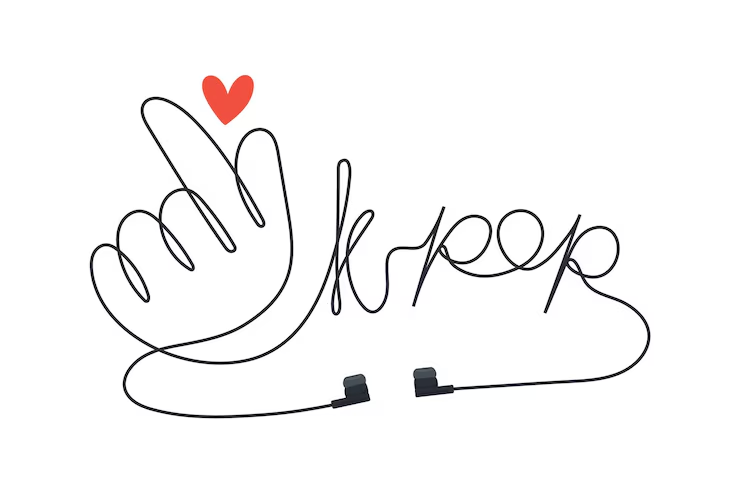Contents
- 1 What a Simple Handshake Says Without Words
- 2 The Confident Grip
- 3 The Dead Fish
- 4 The Bone Crusher
- 5 The Two-Handed Shake
- 6 The Quick Grasp-and-Release
- 7 The Long Hold
- 8 The Palm-Down Shake
- 9 The Palm-Up Shake
- 10 The Finger-Only Handshake
- 11 The Handshake-Hug Combo
- 12 Where You Stand Also Matters
- 13 Modern Take on Handshakes in 2025
- 14 FAQs
- 14.1 Can a handshake really affect first impressions?
- 14.2 How long should a proper handshake last?
- 14.3 What if I get nervous during handshakes?
- 14.4 Are handshakes still relevant in 2025?
- 14.5 What’s the best way to avoid giving a “dead fish” handshake?
- 14.6 Is it okay to shake hands with both hands?
- 14.7 How can I improve my handshake?
What a Simple Handshake Says Without Words
You’ve probably never given your handshake a second thought. But this small, routine gesture can speak louder than your words. It’s often your first impression—and possibly your last. Whether you’re in a job interview, meeting someone new, or sealing a deal, the way you shake hands can reveal your personality, confidence, intentions, and even social awareness.
In a world where connections matter more than ever, understanding handshakes is not just social etiquette. It’s a form of body language that can build or break trust within seconds. So, if you’ve ever felt unsure during a handshake or wondered why some feel awkward while others feel just right, this blog will guide you through the subtle messages hidden behind every grip and gesture.
The Confident Grip

This is the handshake that people remember. Firm but not crushing, steady but not aggressive, the confident grip communicates assurance and leadership. It shows that you’re present in the moment, comfortable in your skin, and ready for business. A confident handshake is common among CEOs, professionals, and people who know how to own a room. If you want to master it, focus on timing your grip with direct eye contact and a warm smile.
The Dead Fish
Floppy, cold, and weak—this handshake often makes the other person uncomfortable. It signals a lack of interest, energy, or self-esteem. While some people offer this out of nervousness or cultural habits, others unintentionally send out the wrong message. In high-stakes settings, a lifeless handshake could make you seem uninterested or even untrustworthy. If this sounds familiar, try practicing your grip pressure using a soft ball or mirror drills to improve social confidence.
The Bone Crusher

This is the opposite of the dead fish, and it can hurt—literally. An overly tight handshake can come across as dominating or aggressive, especially when paired with prolonged eye contact or stiff posture. People offering this handshake might not even realize it’s too much, but it often leaves others uncomfortable or feeling challenged. Remember, strength doesn’t need to be forceful. Control the power and aim for balance.
The Two-Handed Shake

Also known as the “politician’s handshake,” this involves wrapping your free hand around the handshake or touching the other person’s arm. It can come off as sincere or strategic, depending on the situation. While it suggests warmth and care, it can also feel too personal if the relationship isn’t close. Politicians and public speakers often use this to appear emotionally connected, but it’s best used when you already share trust with the person.
The Quick Grasp-and-Release
This brief touch-and-go handshake usually happens when someone is in a rush or uncomfortable. It communicates impatience or disinterest. In formal settings, this might come across as dismissive or impolite. However, in casual scenarios, it may not carry the same weight. The key is to match the environment. If you tend to give a quick handshake out of anxiety, slowing down your actions and focusing on the person can instantly improve your impression.
The Long Hold
Holding on for too long, even after the initial shake is done, can feel awkward or overbearing. It blurs the line between connection and discomfort. While some cultures appreciate longer physical contact, in professional settings, it’s best to keep handshakes around two to three seconds. If you tend to hold on longer than that, you might unintentionally make others feel uneasy—even if your intention is positive.
The Palm-Down Shake

When someone offers a palm-down handshake, it subtly communicates dominance. This type of shake can feel one-sided, almost like a power move. While it might work in some authoritative situations, it’s best used cautiously. A more neutral handshake—with palms meeting at the center—suggests equality and openness, making it better suited for most interactions.
The Palm-Up Shake
This handshake shows submission or humility. It may be offered intentionally in situations where one wants to show respect or let the other person take charge. While this can reflect sincerity, offering your palm up too frequently might be read as insecurity or lack of presence. Being aware of this subtle cue can help you align your handshake with your personal goals.
The Finger-Only Handshake

Instead of a full palm, only fingers are extended in this awkward grip. Often seen at formal events or with people unsure of how to shake hands, it creates distance—both physically and emotionally. It lacks engagement and might signal anxiety or hesitation. To correct this, align your palm fully and meet the other hand halfway with calm confidence.
The Handshake-Hug Combo
This is a handshake that turns into a side hug or shoulder pat. Common in social or emotional situations, it reflects warmth, familiarity, or brotherhood. But in a corporate setting, this may be perceived as unprofessional unless you already share a personal bond. If you’re unsure whether this is appropriate, start with a standard handshake and adjust based on the other person’s response.
Where You Stand Also Matters
Handshakes aren’t just about hands. Your posture, eye contact, and even smile play into how that moment is experienced. Standing straight, offering a calm smile, and making brief eye contact all add to the energy you give off. Nervous energy can be felt instantly. So can calm confidence. A well-executed handshake combines body language, intention, and presence.
Modern Take on Handshakes in 2025
In today’s world, hygiene awareness has led to modified versions of greetings—like fist bumps or nods. But in professional environments, a handshake still remains a universal gesture of connection. While digital meetings have replaced many physical interactions, when the opportunity arises, a handshake still has power. It’s a small detail that leaves a big imprint.
If you want to refine your social and professional presence, observing others and practicing in low-stakes settings can help. You can also pick up body language skills through coaching platforms like Skillshare, or learn from professional etiquette videos on YouTube. Tools like Amazon’s personal care collection offer grooming essentials that support a clean and presentable handshake moment.
FAQs
Can a handshake really affect first impressions?
Yes, studies show that handshakes strongly influence how trustworthy or competent someone appears. A good handshake can boost confidence and connection instantly.
How long should a proper handshake last?
A professional handshake should last around two to three seconds, with eye contact and a calm expression. Anything too short or too long can feel awkward.
What if I get nervous during handshakes?
Practice helps. Try roleplaying with a friend or in front of a mirror. Grounding yourself and focusing on the other person instead of your nerves can also reduce anxiety.
Are handshakes still relevant in 2025?
Yes, though alternatives like fist bumps and bows exist, handshakes are still valued in many formal and social settings. They remain a universal way of greeting or closing a deal.
What’s the best way to avoid giving a “dead fish” handshake?
Keep your palm dry, apply gentle but noticeable pressure, and stay engaged during the moment. You can use hand wipes or grooming products from Flipkart for better hygiene and confidence.
Is it okay to shake hands with both hands?
In personal contexts, yes. In professional situations, use the two-handed shake sparingly. It can feel too intimate unless the relationship supports it.
How can I improve my handshake?
Watch etiquette videos, practice with friends, and be conscious of your body language. Platforms like Coursera offer free courses on communication and soft skills that include body language training.













